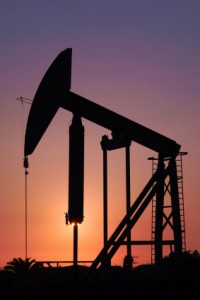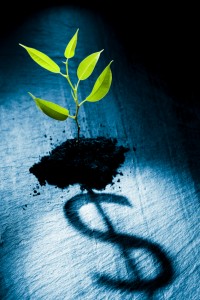A quick update on the export land issue that I blogged about previously. In short, the problem is petroleum-producing countries becoming wealthy exporting oil and then finding their rising domestic oil use significantly cutting into what’s available for export even as their oil fields become less productive due to age. The ramifications are manifold – from unrest at home as shrinking revenues reduce subsidies and push up prices on things like food and gasoline, to turmoil on international markets as shrinking surplus capacity makes it easier for traders to drive price swings through speculation.
 With this in mind, a few recent stories involving Saudi Arabia caught my eye. The first is a pretty straightforward endorsement of the export land model theory. In this story, Abdel Salam al-Yamani, head of the Saudi Electricity Company, is quoted as saying that, if left unchecked, Saudi Arabia’s current domestic oil consumption rates will deplete the country’s reserves by 2030. The second story involves the Saudi’s ramping up a nuclear energy program to the tune of at least $100 billion dollars. This story on the Saudi oil export and energy issue in the Wall Street Journal has a nice graph charting rising Saudi oil consumption. Finally, this story pulls in the previous points and also notes that the Saudi’s are going full bore into an energy source they’re likely to have in abundance for a long time to come: solar. Who knows, maybe one day they’ll be exporting that energy, too. In the meantime, the Middle East, in general, seems interested in conservation to ensure exports of their main revenue source remains high.
With this in mind, a few recent stories involving Saudi Arabia caught my eye. The first is a pretty straightforward endorsement of the export land model theory. In this story, Abdel Salam al-Yamani, head of the Saudi Electricity Company, is quoted as saying that, if left unchecked, Saudi Arabia’s current domestic oil consumption rates will deplete the country’s reserves by 2030. The second story involves the Saudi’s ramping up a nuclear energy program to the tune of at least $100 billion dollars. This story on the Saudi oil export and energy issue in the Wall Street Journal has a nice graph charting rising Saudi oil consumption. Finally, this story pulls in the previous points and also notes that the Saudi’s are going full bore into an energy source they’re likely to have in abundance for a long time to come: solar. Who knows, maybe one day they’ll be exporting that energy, too. In the meantime, the Middle East, in general, seems interested in conservation to ensure exports of their main revenue source remains high.
